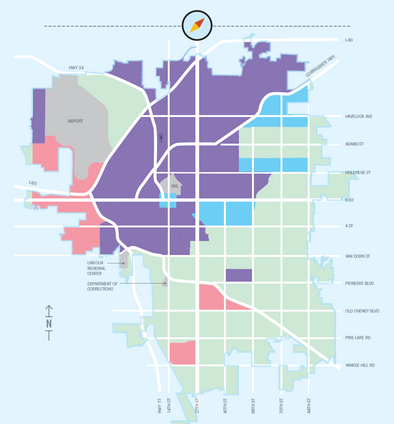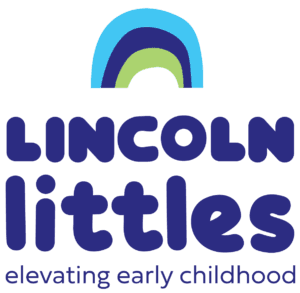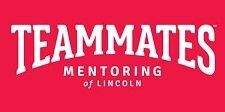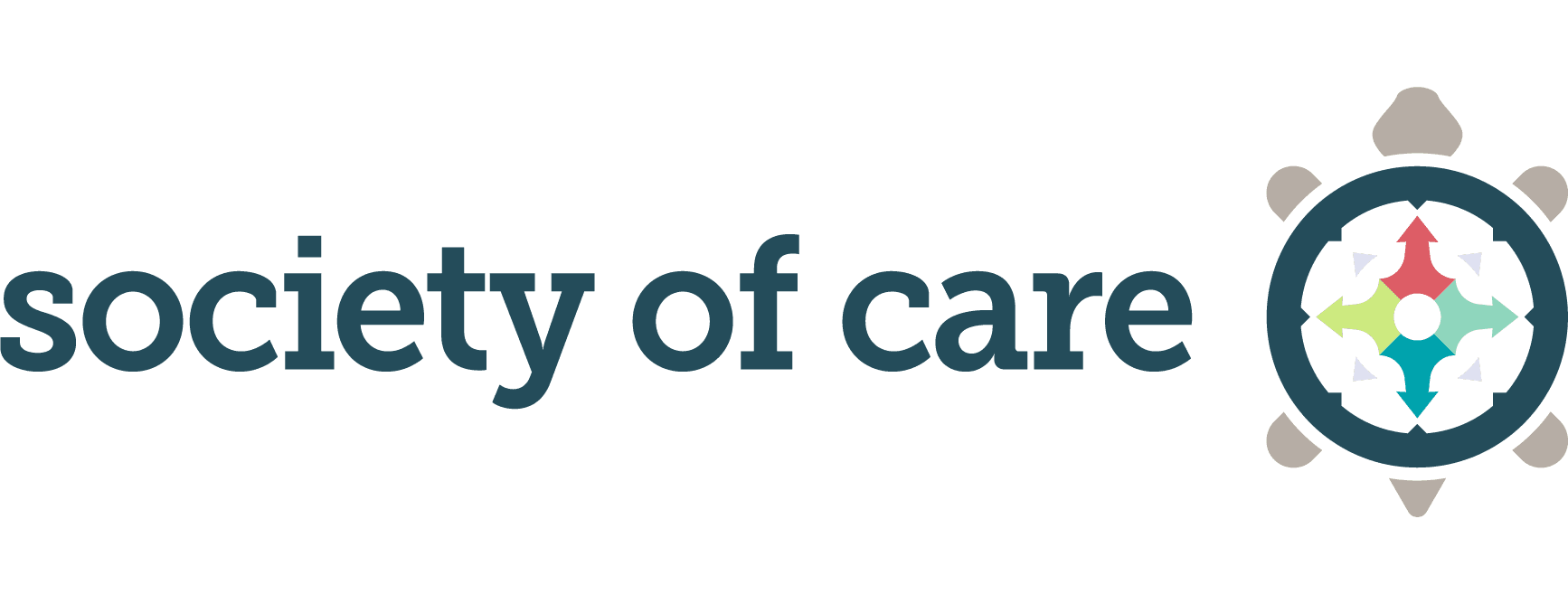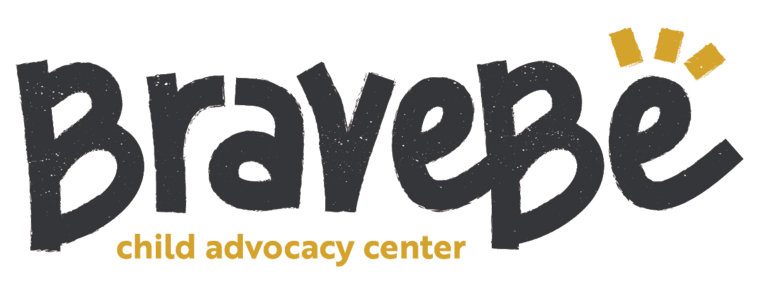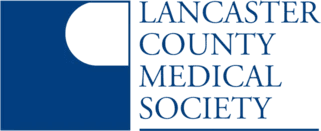Place Matters 4.0
Place Matters 4.0 tells us things we didn’t know, reinforces things that we do, and reminds us that we have to keep working and getting better.
“Place Matters 4.0 continues to reveal new information about our community, ” said Lori Seibel, CHE President/CEO. “One area of concern is the stark linkage between people of color and poverty. This is especially concerning in light of estimates that our minority population will increase from 20.5% in 2020 to 35.3% by 2050. The link between being a person of color and poverty is compelling and should accelerate our work toward health equity.“
New this year are maps showing the growth and location of older adults (75+ years) and rental rates for single family homes. These maps are intended to recognize the significant trends that will influence Lincoln’s housing, workforce, health, transportation, and infrastructure in the coming decades.
Download Place Matters 4.0 here.
2020 Update: Place Matters Community Mapping Project Updated to Include Race/Ethnicity
Working with the Lincoln-Lancaster County Health Department, CHE has added a new set of maps to the Place Matters Community Mapping Project. These maps show where poverty and race/ethnicity exceed the average rates for the city of Lincoln, and where those two factors overlap. The final map in the set shows where both poverty and race/ethnicity are most concentrated and exceed double their average rates.
View the Poverty and Race/Ethnicity maps here and download them here.
Third time is a charm! If that old saying holds true, Place Matters 3.0 will have an even greater impact than the versions released in 2015 and 2017. Place Matters 3.0 shows us that policy changes can make a difference, targeted projects have impact, and there is always more to learn. Check out the new information we learned about our community with these maps.
Download the Place Matters 3.0 report here.

2017: HOW DOES WHERE WE LIVE, LEARN, WORK, AND PLAY AFFECT OUR HEALTH?
In 2017, CHE and its partners updated many of the maps produced as part of the original Place Matters Community Mapping Project two years earlier. The new report, Place Matters - More Than Ever, includes those updated maps and new maps on healthy food access, tobacco use, first trimester care, dental care, and mental health calls.
The 2016-17 CHE Annual Report featured stories of organizations that are "Place Makers" and plant health in homes and neighborhoods.
The 2016-17 Annual Meeting featured a presentation of the updated and new maps and video stories of each of the place makers highlighted in the Annual Report.
CHE President/CEO Lori Seibel was a featured speaker at TEDxLincoln 2016. Her talk, "Confessions of a Mapmaker," focused on CHE's Place Matters project and how her perception of the data has changed over time. Watch the talk here.

How does where we live, learn, work, and play affect our health?
CHE initiated the Place Matters Community Mapping Project to answer this question. By mapping factors such as poverty, obesity, access to health care, and more, we can get a more complete picture of health in Lincoln.
Results of the project were featured in the 2014-15 CHE Annual Report.
The 2014-15 annual meeting features a presentation about the maps. The video of the presentation is available below.

